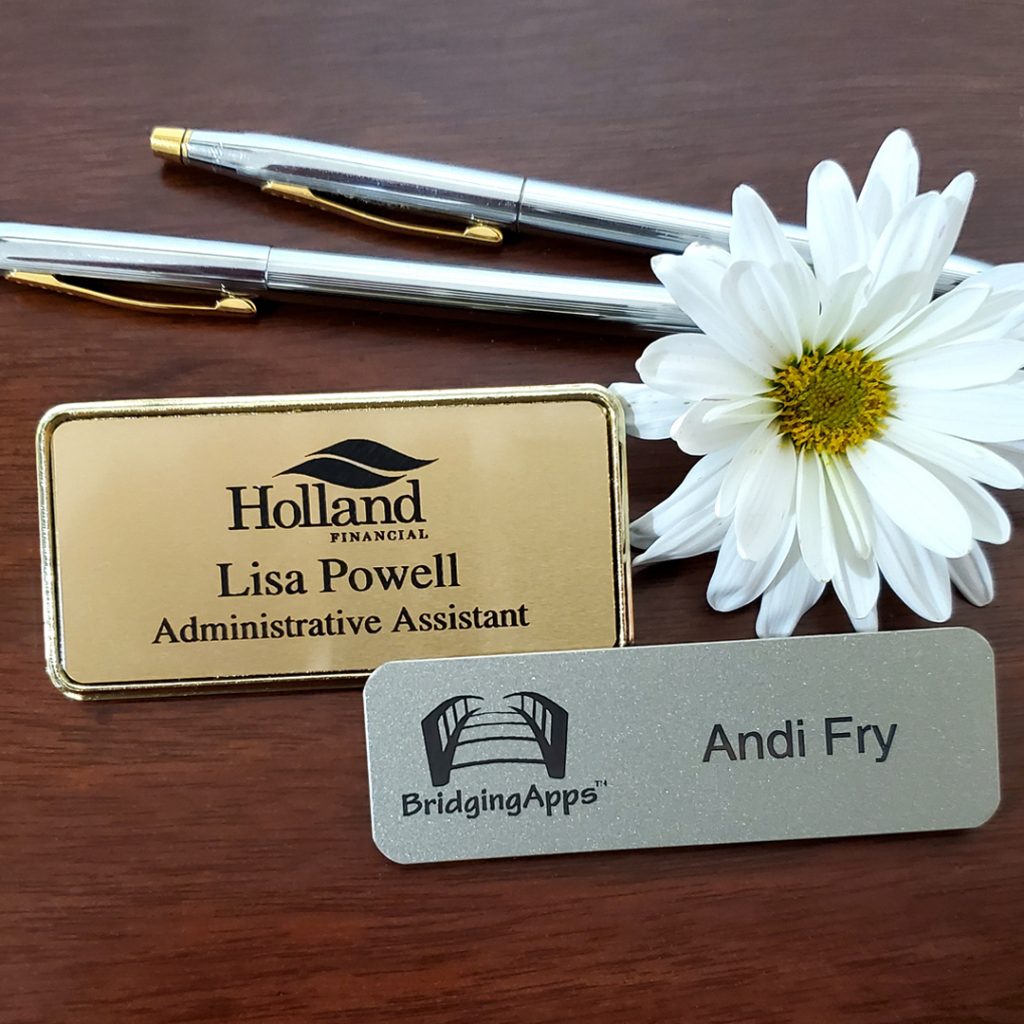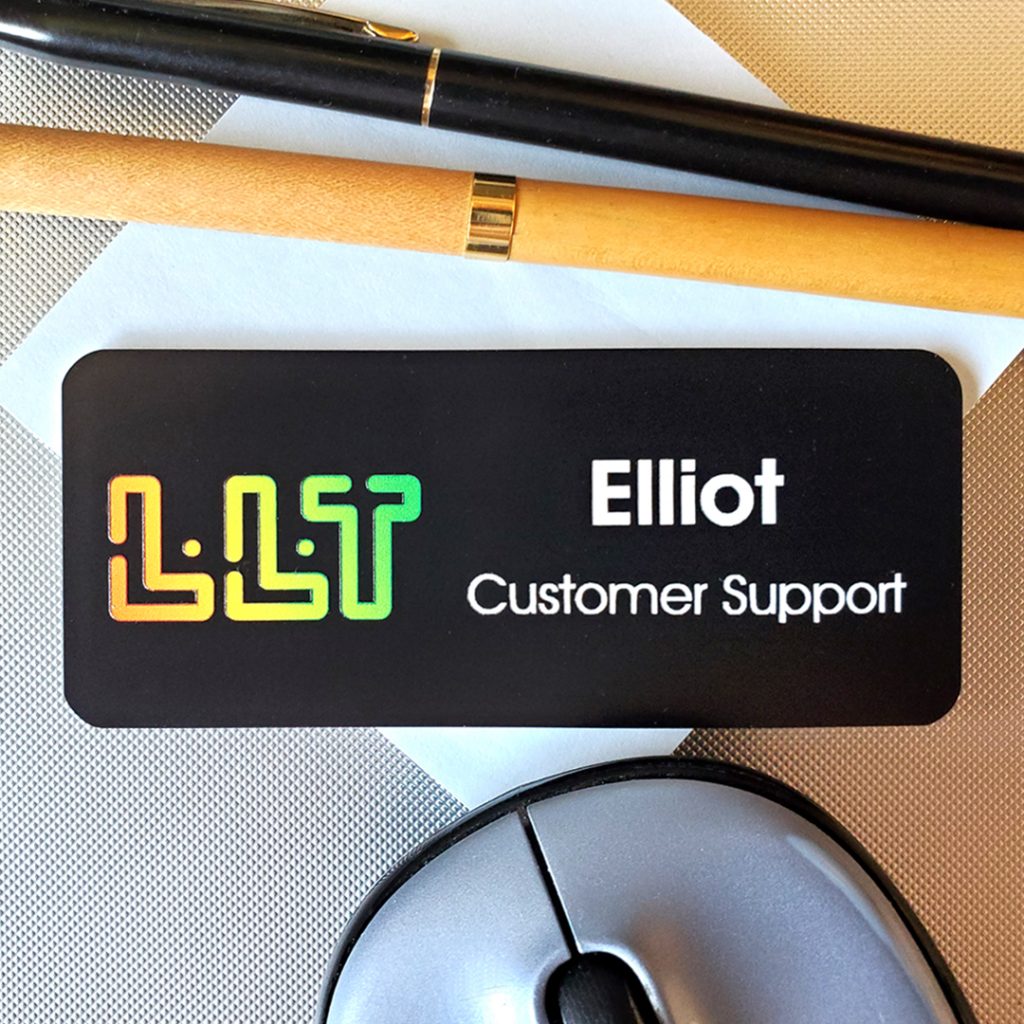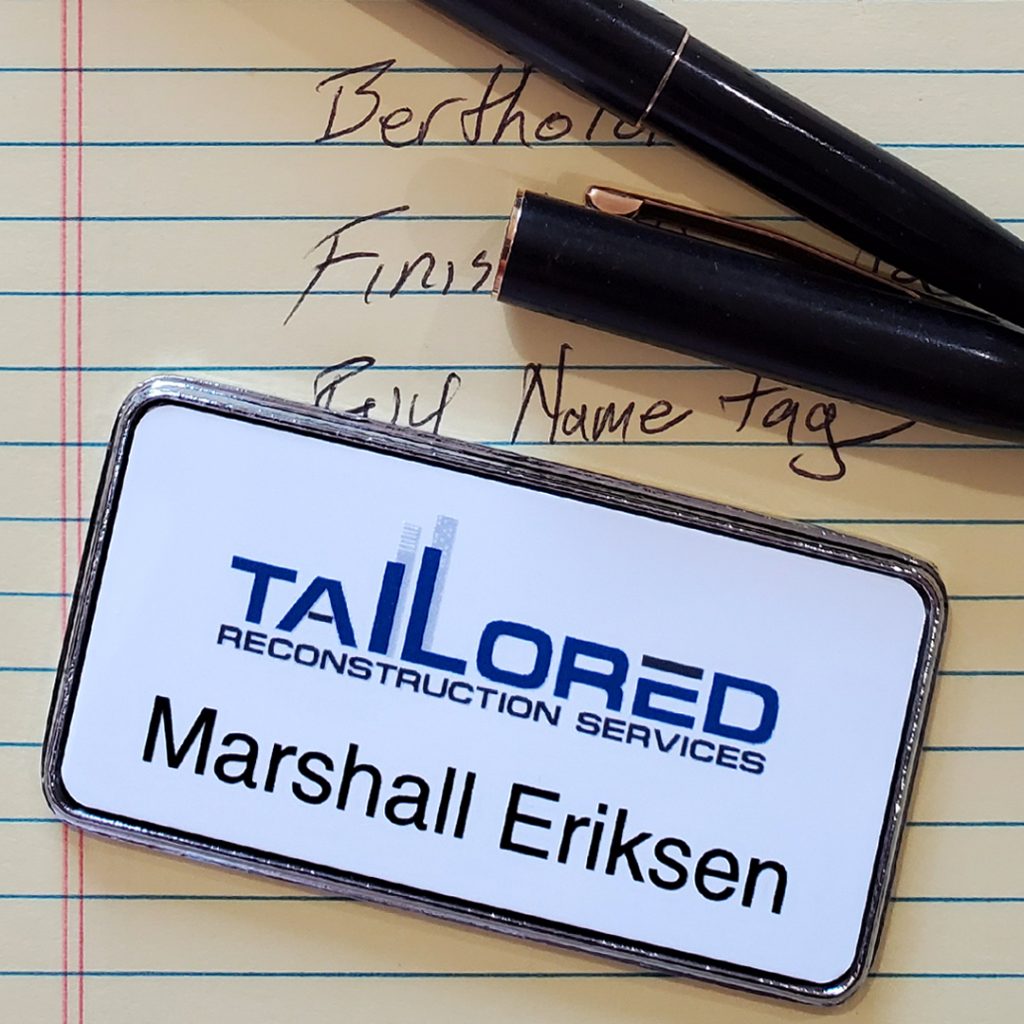by Syndi Seid
Anthropologist Terry Y. LeVine said it best: “The practice of giving and receiving gifts is so universal it is part of what it means to be human. In virtually every culture, gifts and the events at which they are exchanged are a crucial part of the essential process of creating and maintaining social relationships.”
December is the biggest gift giving month of the year. Yet there are endless reasons to give gifts throughout the year: personal gifts for birthdays, weddings, graduations and holidays, as well as business gifts to say thank you for a job well done, congratulations on a promotion, or I’m sorry for not performing as expected.
The purpose of giving gifts is to bring joy to both the giver and receiver, promote goodwill, and make for a closer relationship. However, if gift giving goes amiss, there is a risk of making the receiver uncomfortable and creating an unpleasant situation for both sides. To avoid any ill-effects from your gift giving practices, keep in mind these simple tips.
WHEN YOU GIVE:
- Be sure of the true purpose of the gift. Beyond saying the gift is for a particular occasion, think through how well this gift will express your feelings for this person. To figure this out, ask yourself: how much do I really are about this person? How much time, energy and money am I willing to spend to select just the right gift for them? Let the answers guide you throughout this process.
- Do your homework about the receiver. Be observant about his or her favorite items, things he or she might need, or things that would be a meaningful expression of your relationship. Try to remember comments about favorite colors, foods or beverages. As needed, ask someone else who knows the person, explaining that the purpose of your inquiry is to help learn something that will help you select a special gift. I think most people are willing to help with ideas.
- Be sensitive to personal and cultural differences. With such a diverse population in our society, it is important to learn something about a person’s ethnic, religious and cultural practices along with their personal likes and dislikes before you present a gift. Take time to learn what’s appropriate and what’s not in different communities to gain insights on what a person would or would not appreciate as a gift. For example, giving a bottle of wine to someone who does not drink alcohol could make the receiver less than overjoyed with your gift.
- Know when corporate logos are appropriate. Sometimes a gift with a company logo cheapens its appearance. The best gifts are those without any logos or promotion on it, especially when given as special thank-you gift. Logo gifts are fine as small remembrances for meetings held; not generally as the sincerest form of a thank you gift.
- Use simple and elegant wrapping. Japanese-influenced, understated wrapping is best in my mind. Avoid using brightly colored, bold, heavily patterned paper and a lot of brightly colored, fancy bows and ribbons on the package. Instead, use solid stately colors and quality paper with simple ribbon.
- Present your gift with style. The best way is having it gift beautifully wrapped and given in person. In business situations, when sending the gift by messenger or mail, include your business card with the gift, along with a handwritten note on personal note card or stationary.
WHEN YOU RECEIVE:
- Show your appreciation when receiving a gift in person. Always put a smile on your face as a gift is being presented and say thank you along with a brief expression of appreciation.
- Let the giver know as soon as possible when a gift has arrived. Make every effort to let the sender know you received a gift sent by mail or messenger (email, fax or telephone call is fine). Then follow it up by sending the proper thank-you note as soon as possible.
- Be sensitive to opening a gift in front of others. Americans typically open gifts as soon as it is received, even in front of an audience and other groups of people. Know that in many cultures it is not customary or appropriate to open gifts in front of guests. They are kept to be opened alone.
- Know the bottom line. Always hand write a thank you note for every gift you receive, no matter what…period. Sending a thank you note is the right thing to do.
Happy Practicing!
Syndi Seid is a regular contributing writer, professional speaker/trainer and founder of a San Francisco-based business that offers free monthly etiquette articles.





